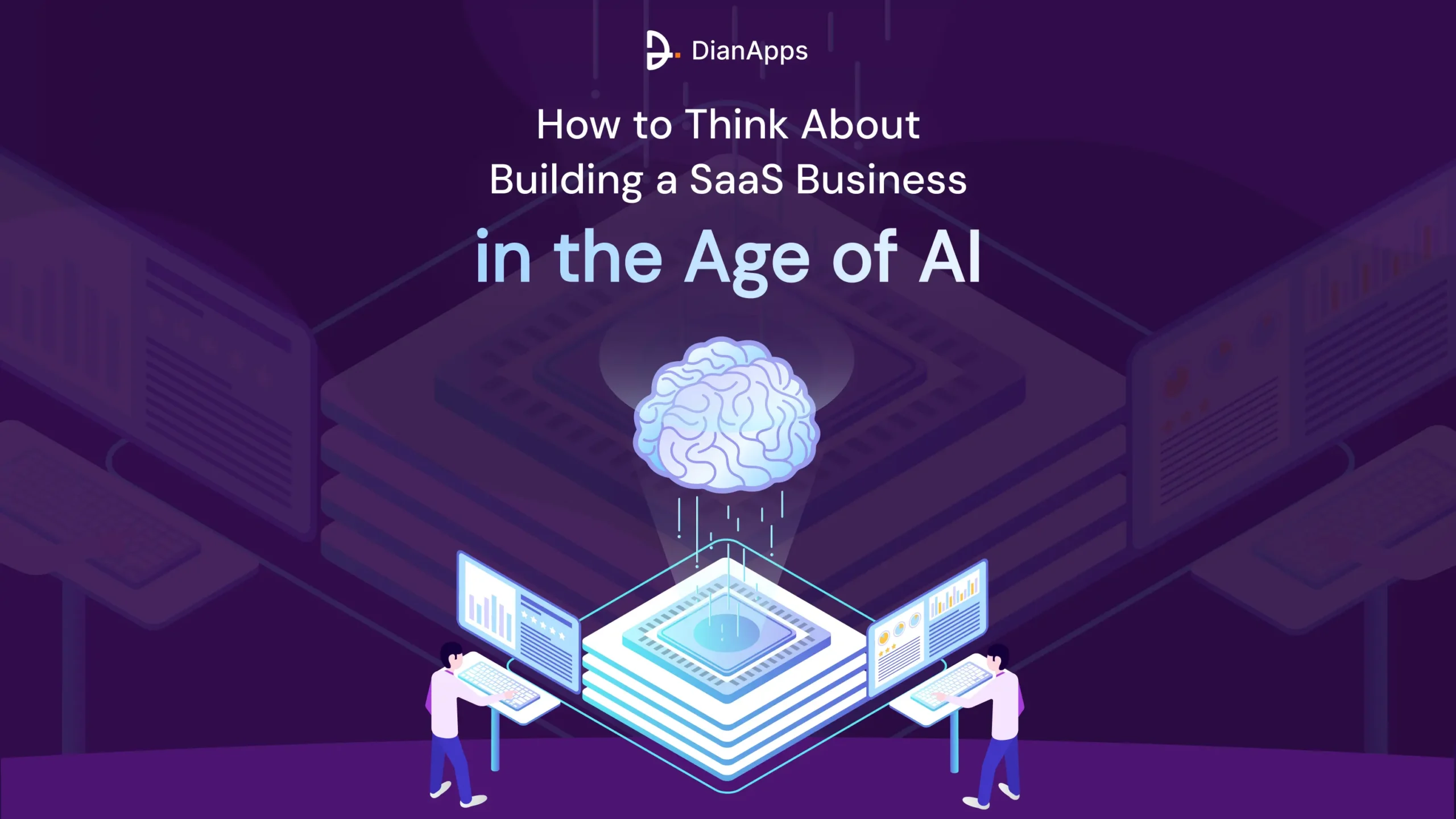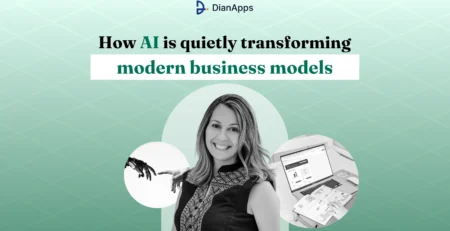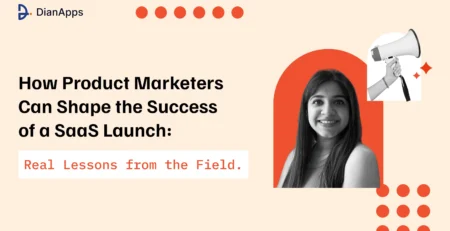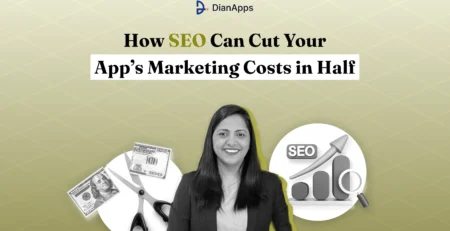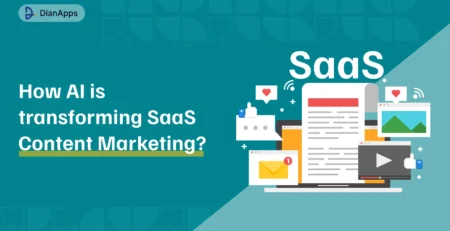How to Think About Building a SaaS Business in the Age of AI
“Is SaaS dying in the age of AI?” It’s a question many founders and investors are quietly asking. With AI tools now capable of writing code, automating workflows, and even simulating conversations, some argue that traditional SaaS could become obsolete. But is that really the case?
To explore this, we spoke with Manish Goel, Founder of Thousand Greens, who has years of experience building a SaaS platform that connects private club golfers worldwide. Here’s his perspective on building SaaS products in an AI-driven world and why the answer isn’t as black and white as it seems.
Understanding the value of proprietary networks
Manish emphasizes that while AI can generate content, it cannot replicate human trust or community.
“AI can generate information, write code, or even act as a chatbot. But it cannot create a trusted community from scratch. The real value lies in the members who actively choose to join and engage.”
For his platform, the strength lies in a private network of golfers who interact, form groups, and build long-term connections. No AI model can replicate that kind of organic engagement overnight.
However, based on the Gartner report, the global SaaS market is projected to hit $282 billion by 2025, and much of this growth is fueled by platforms that create communities or unique datasets rather than just software features.
Takeaway for founders: Focus on creating proprietary networks or datasets. These are assets that AI cannot duplicate and will remain highly valuable in the SaaS ecosystem.

Execution matters more than Code
With AI tools making coding easier than ever, Manish notes that code itself is no longer the main competitive advantage.
“Today, a single founder can prototype a sophisticated app using AI-generated code. But what AI cannot replicate is trust, relationships, and a brand people care about.”
In other words, building a SaaS product isn’t just about writing software; it’s about execution, user experience, and community-building.
Lesson: If AI makes coding simpler, founders should double down on building trust, delighting users, and offering unique experiences.
AI Front-Ends are changing how users interact
Manish points out that AI can transform how users interact with SaaS products.
“Instead of tapping through screens, users might just chat with an AI agent to request actions or get insights. The AI handles the workflow, but the underlying SaaS system remains essential.”
Founders should stop thinking of SaaS as “just screens” and instead design workflows and data models that can be accessed through web, mobile, chat, or voice.
Business models are more important than ever
AI lowers barriers to entry, which makes differentiating through a business model crucial.
Manish explains that his platform uses a subscription-based model, with no ads and no data-selling.
“Transparency builds trust. Users know exactly what they’re paying for, and that clarity strengthens the relationship.”
Industry shift: According to OpenView’s SaaS Benchmarks, over 60% of SaaS companies are experimenting with usage-based pricing instead of flat monthly subscriptions. Credit consumption and “pay-as-you-go” are quickly replacing traditional models.
Tip for founders: Choose a model that aligns with your users’ expectations and builds long-term trust.
How AI can help reduce costs
AI is not a threat; it’s a tool. According to Manish, AI can streamline operations, reduce development costs, and even assist with customer support.
This enables small teams or bootstrapped founders to focus on product-market fit and growth, instead of burning resources on routine tasks.
Three key questions for SaaS founders in the AI era
Manish suggests founders ask themselves three questions when building a SaaS product today:
- What unique asset am I creating? A dataset, workflow, or network that cannot be replicated by AI.
- How can AI enhance usability without taking control away from the system? Use AI to automate routine tasks or simplify workflows.
- Which business model builds trust and long-term sustainability? Focus on clarity, transparency, and alignment with user needs.
SaaS Isn’t Going Anywhere
Despite the noise, SaaS isn’t dying.
“Even if AI could recreate my app tomorrow, it wouldn’t have my members, the trust they place in each other, or the history of relationships formed. AI amplifies what exists it cannot replace it.”
The message is clear: AI won’t kill SaaS; it will transform it.
Closing Thought
Building SaaS in the age of AI isn’t about competing with machines. It’s about leveraging AI to enhance experiences, reduce costs, and free up founders to focus on human needs.
Those who balance AI’s efficiency with human connection, trust, and clear business models will discover enormous opportunities to build lasting SaaS businesses.
